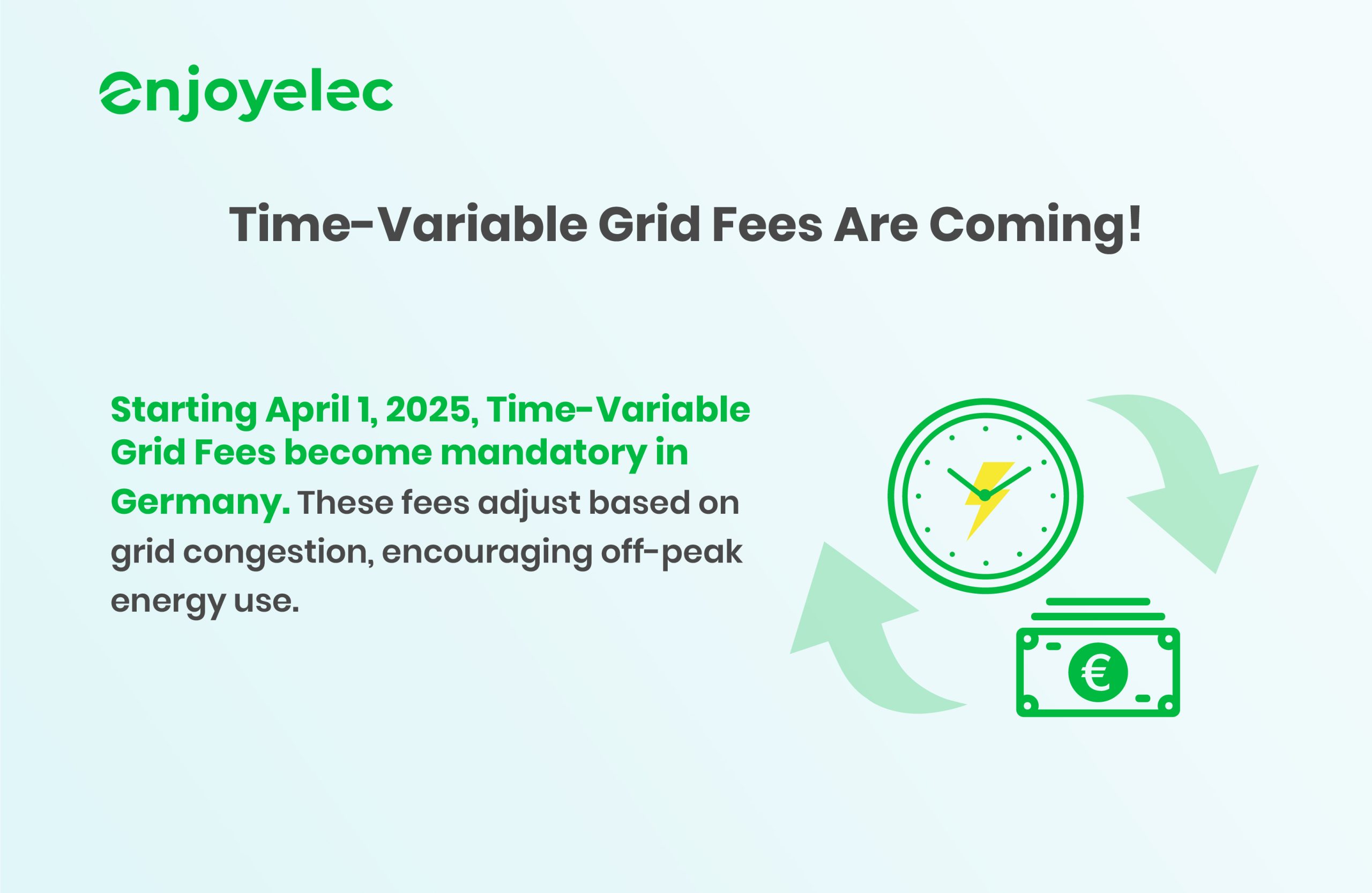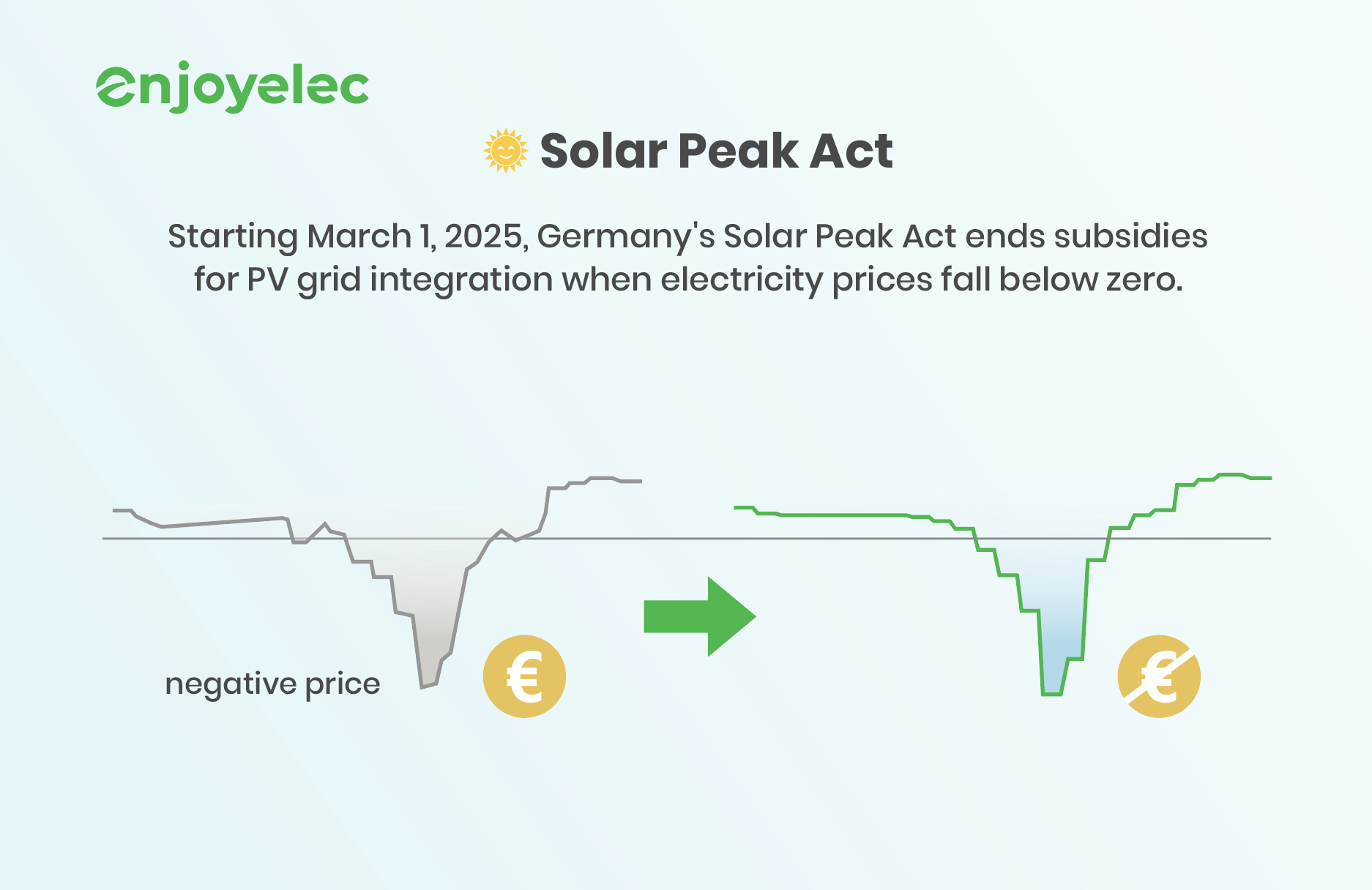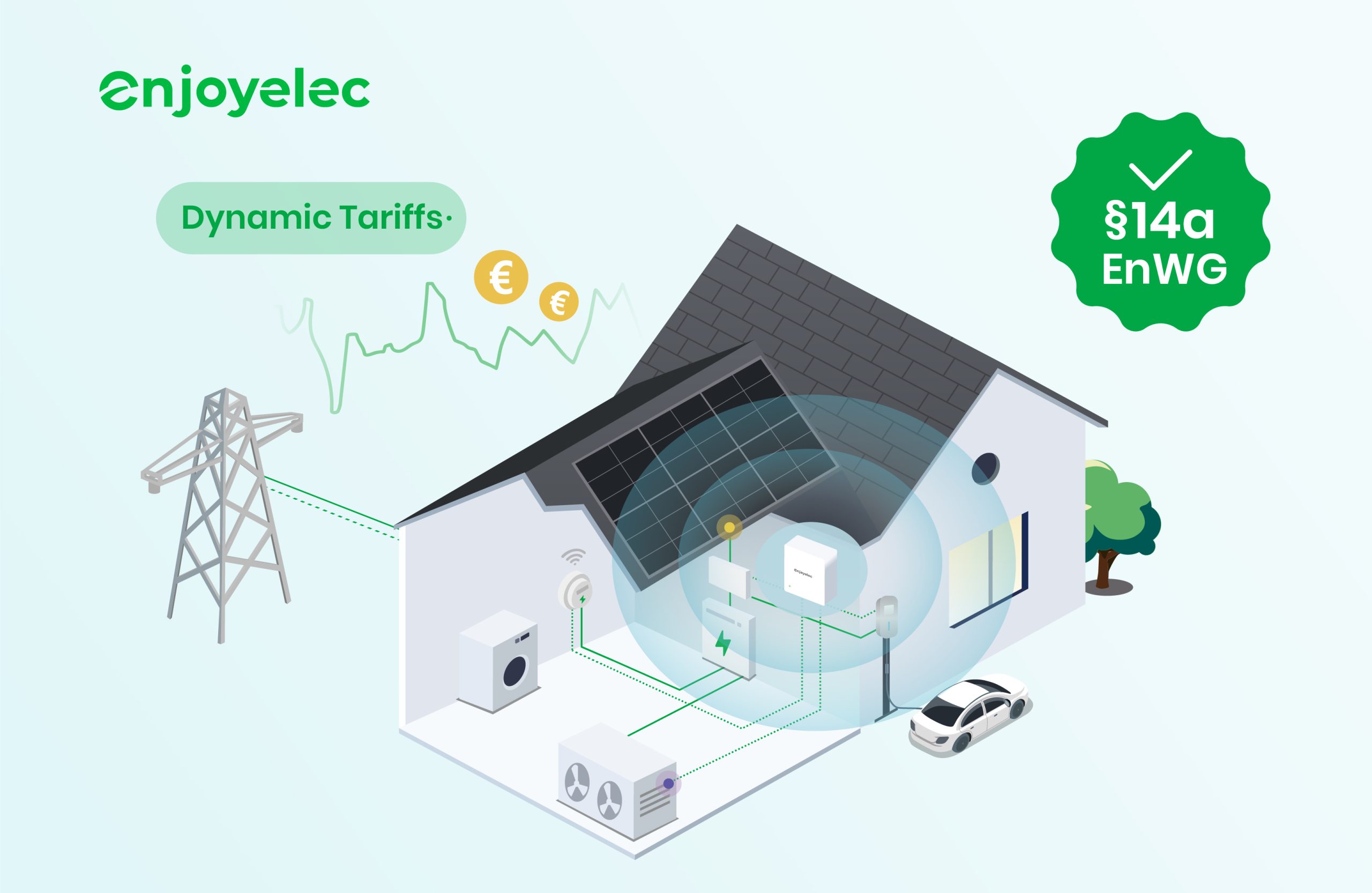Unlocking the Potential of Energy Arbitrage with Our HEMS
In today’s rapidly evolving energy landscape, finding innovative ways to manage and reduce energy expenses has become paramount. Our Home Energy Management System (HEMS) has taken a leap forward in this regard, leveraging AI strategies and dynamic tariff integration to enable grid arbitrage. This sophisticated technology empowers users to optimize their energy consumption and sell back to the grid at peak rates, resulting in significant savings.

What is Energy Arbitrage?
Energy arbitrage, a strategic approach for homeowners, involves buying energy when prices are low and selling it back to the grid during peak hours. This method leverages the fluctuating electricity prices throughout the day, enabling homeowners to capitalize on price differences and significantly reduce their overall energy costs. For example, when coupled with home photovoltaic (PV) systems, grid arbitrage becomes even more effective. During periods of high solar generation, excess energy is stored in batteries and sold to the grid when prices are high. A key aspect of this process is price forecasting, which allows homeowners to precisely anticipate price hikes and accurately capture the optimal moments to sell electricity, thereby maximizing their arbitrage gains.
How Does Energy Arbitrage Work?
- Identifying Price Fluctuations:Energy arbitrage starts by identifying scenarios where energy prices undergo significant fluctuations over time or across different locations. This involves a detailed analysis of historical price data, market forecasts, and regulatory frameworks to uncover lucrative trading opportunities.
- Deploying Assets Strategically:To capitalize on these price differences, energy assets such as battery storage systems, or flexible demand response programs are strategically deployed. For instance, during low-demand hours with reduced electricity prices, energy can be stored in batteries. Later, during peak hours or when prices are high, this stored energy can be discharged or sold back to the grid at a profit.
- Active Market Participation: Energy arbitrage activities often involve active participation in energy markets, including wholesale electricity markets, ancillary services markets, and capacity markets. Market participants engage in spot market trading, forward contracts, or financial derivatives to optimize their trading strategies and hedge against price risks.
- Utilizing Optimization Algorithms:Sophisticated optimization algorithms and trading strategies are utilized to efficiently manage energy assets and exploit market opportunities. These algorithms consider factors like energy prices, asset constraints, operational costs, and regulatory requirements to make real-time decisions regarding asset utilization and trading activities.
Applications of Energy Arbitrage
- Energy Storage: Battery systems are being harnessed more for energy arbitrage. They store extra energy during lows in demand or prices, and release it during highs, optimizing revenue potential.
- Renewable Energy Integration: Energy arbitrage is vital in integrating renewable sources like solar into the grid. By storing surplus renewable energy during peaks in generation and deploying it during demand peaks, storage systems smooth out intermittency, enhancing grid stability and reliability.
- Demand Response: Consumers can adjust their electricity usage in response to price signals or grid conditions through demand response programs. Participating in these initiatives allows them to capitalize on energy arbitrage opportunities, reducing costs and earning incentives by adjusting usage during peak periods.
How Our HEMS Enables Energy Arbitrage

Our HEMS combines advanced AI algorithms with dynamic tariff to create an intelligent energy management solution. Here’s how it works:
- Monitoring and Analysis :HEMS continuously monitors energy consumption patterns within the home, including solar system, battery storage, EV charger, HAVC. It analyzes these patterns to identify opportunities for energy arbitrage. For instance, if the HEMS detects a low electricity price during off-peak hours, it can suggest storing energy in home battery storage systems.
- Smart Control :HEMS has the ability to control connected meter, HAVC, inverter, battery and EV charger in the home. It can automatically adjust the operation of these devices to reduce energy consumption during peak hours when electricity prices are high. This not only saves on energy costs but also releases energy from storage systems for sale back to the grid.
- Demand Response :HEMS can participate in demand response programs offered by utilities or energy aggregators. These programs incentivize customers to reduce energy usage during critical periods or peak demand times. By coordinating with the HEMS, households can earn rewards for reducing their energy consumption, while also contributing to grid stability.
- Integration with Utility Grids :HEMS can be integrated with utility grids to enable energy trading. When connected to smart meters and energy management platforms, HEMS can communicate with the grid operator to buy or sell energy at optimal prices. For instance, during periods of low demand and low prices, HEMS can direct the home battery system to charge. Later, when demand and prices rise, it can discharge the stored energy to the grid for a profit.
- Optimizing Trading Strategies :Utilizing sophisticated optimization algorithms, HEMS can analyze historical data, market forecasts, and regulatory frameworks to optimize energy trading strategies. These algorithms consider factors like energy prices, household energy needs, asset constraints, and operational costs to make real-time decisions regarding energy utilization, storage, and trading.
The Benefits of Grid Arbitrage
-
Cost Savings: By optimizing energy usage and selling back to the grid, users can reduce their energy bills significantly.
-
Environmental Impact: Reducing reliance on grid energy also helps lower carbon emissions and contribute to a greener environment.
-
Flexibility and Convenience: Our HEMS offers users the flexibility to manage their energy usage and take advantage of grid arbitrage opportunities, all with the convenience of remote access.
As the energy market continues to evolve, our HEMS provides a cutting-edge solution that empowers users to actively manage their energy costs and reduce their carbon footprint. With grid arbitrage, the future of home energy management is looking brighter and more cost-effective.


Connect with us at http://www.linkedin.com/company/enjoyelec for the latest updates, insights, and news. We look forward to engaging with you and sharing our journey towards a smarter energy future.





